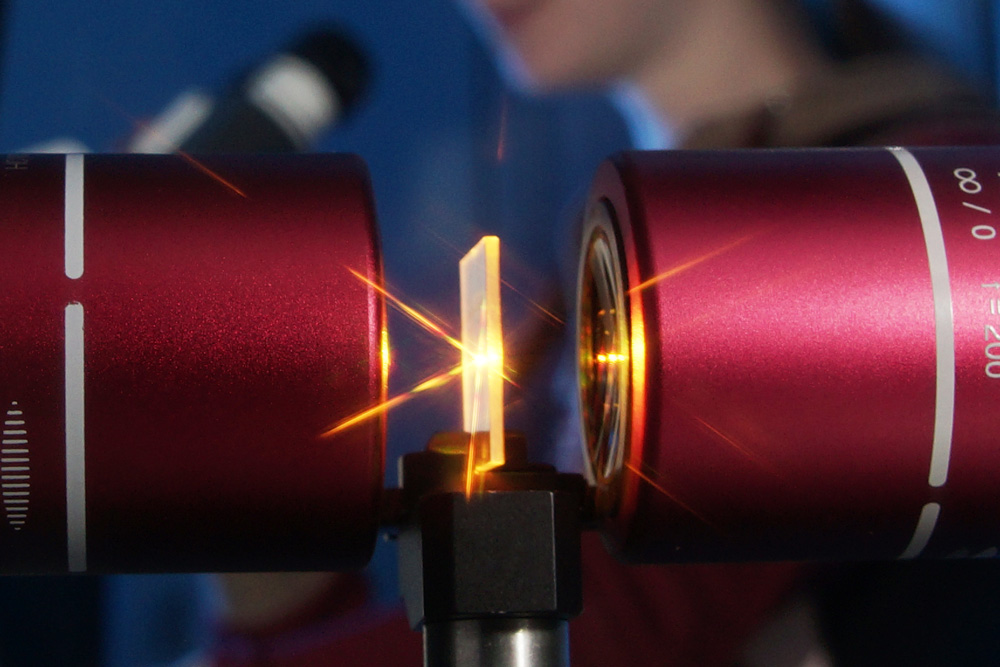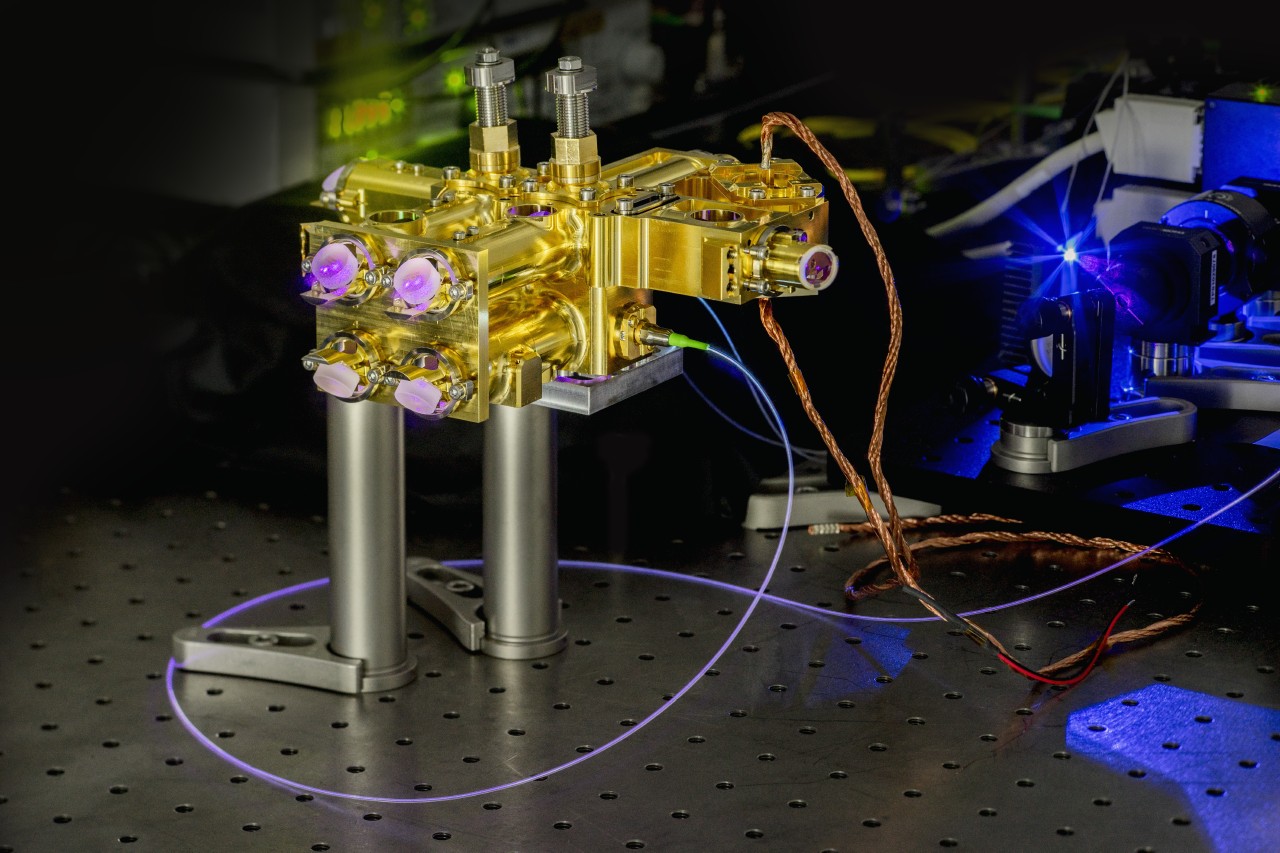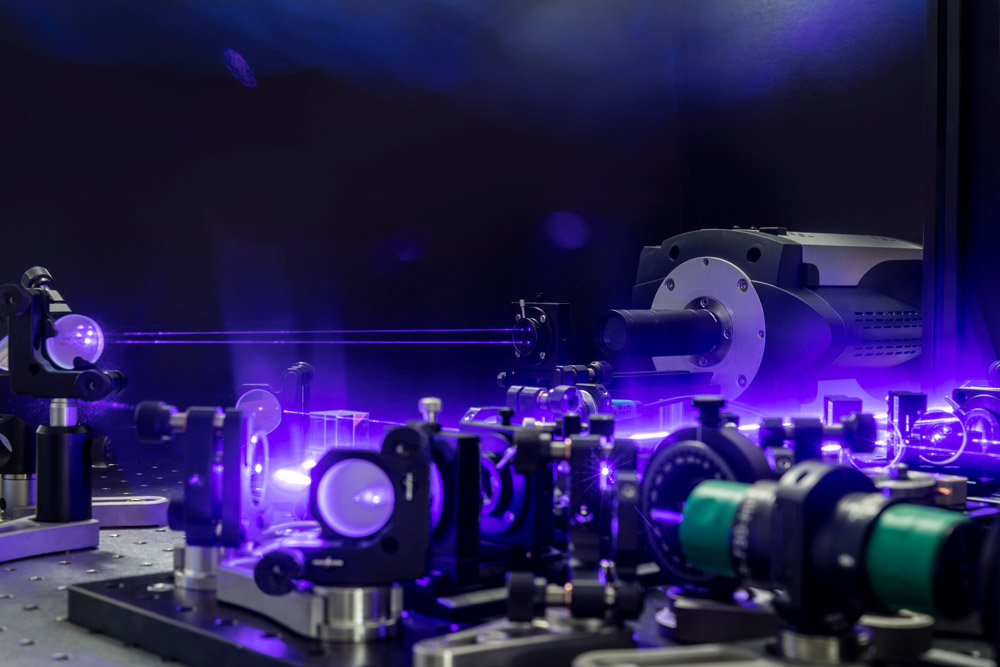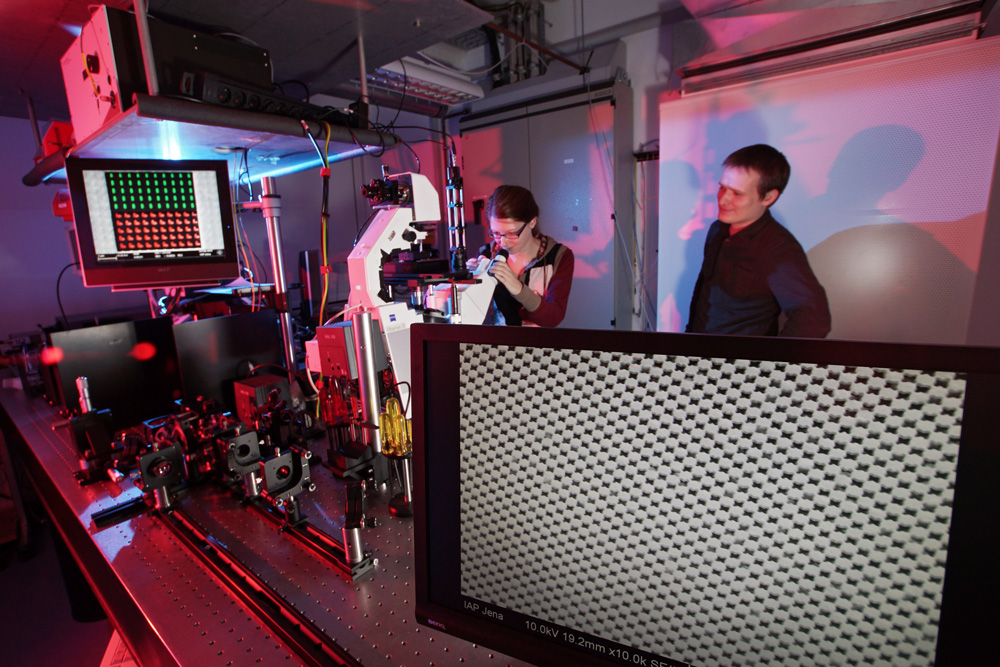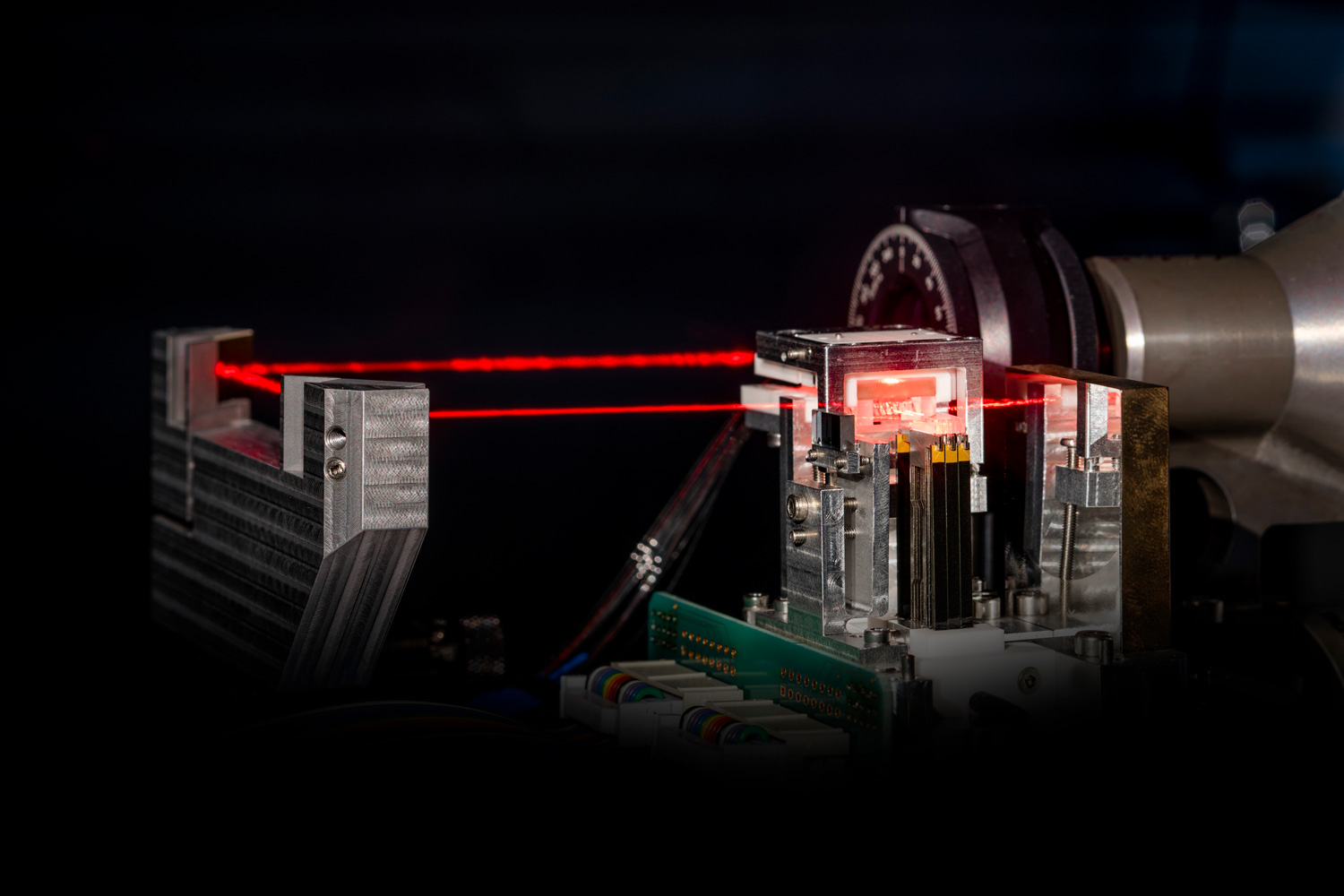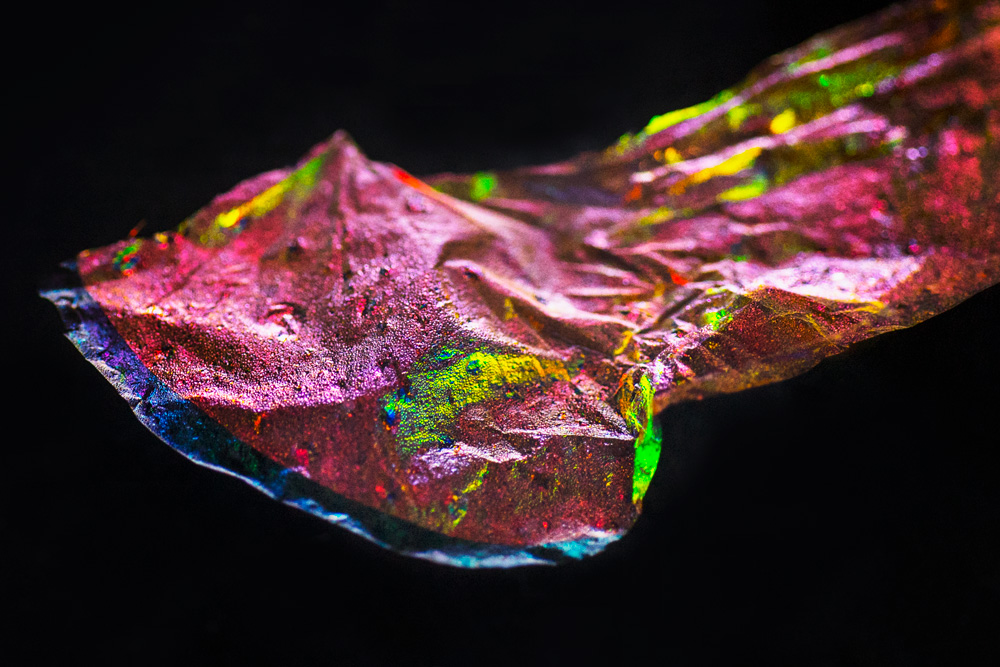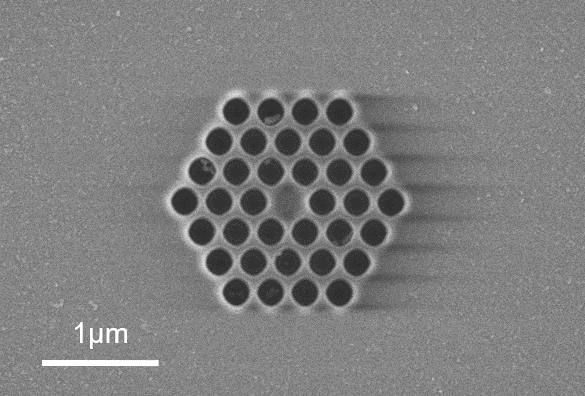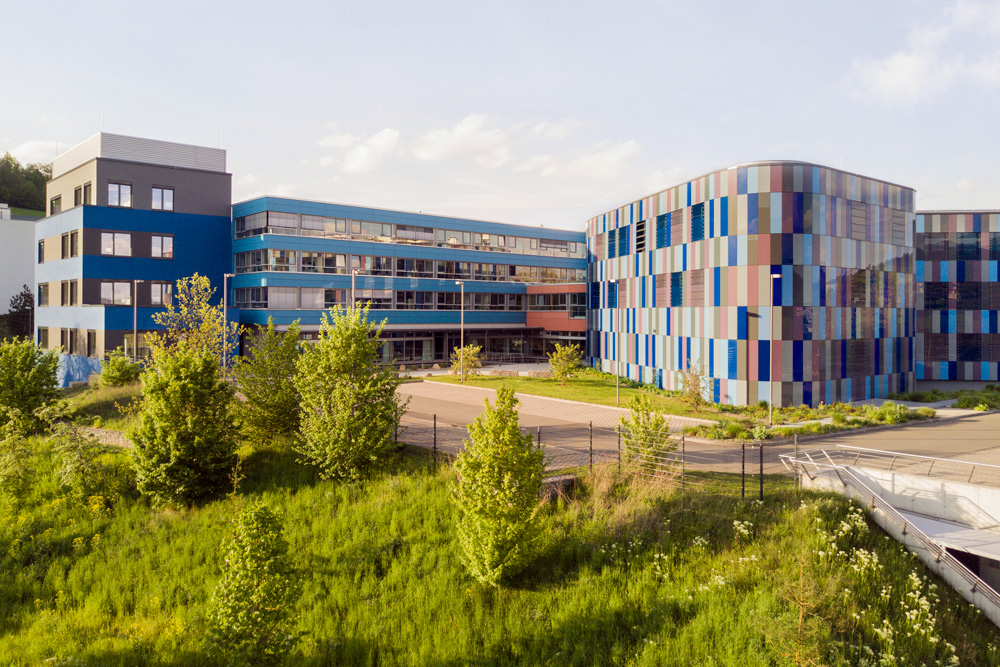
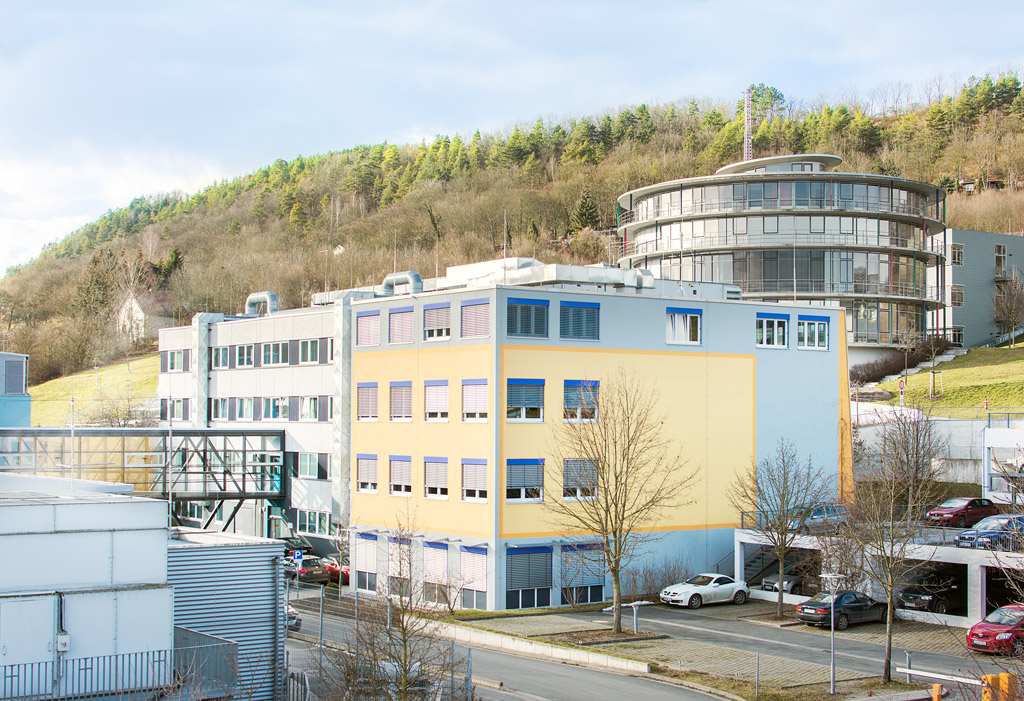
Prof. Andreas Tünnermann
Andreas Tünnermann is
- director of the Fraunhofer Institute of Applied Optics and Precision Engineering IOF and
- chair for the Institute of Applied Physics at Friedrich Schiller University Jena.
His main research interests include scientific and technical aspects associated with the tailoring of light. Research topics are the design and manufacturing of novel micro- and nano-optical photonic devices using high-end microlithography and its application for generation, amplification, steering and switching of light. In particular, his work on high power diode pumped fiber and waveguide lasers is widely recognized. Since recently he has also been dealing with challenges in the application of phenomena of quantum physics. His special interests here lie in the identification of added value in imaging, communication and computing.
Andreas Tünnermann is member of the German Physical Society, European Physical Society and acatech, fellow of OSA and SPIE. His research activities on applied quantum electronics have been awarded with the Röntgen-Award, WLT-Award, Otto-Schott-Award, Leibinger Innovation Award, and the Gottfried-Wilhelm-Leibniz-Award. 2015 he received the ERC-Advanced Grand of the EU.
 Quantum research at the Center of Excellence in Photonics in Jena, Germany
Quantum research at the Center of Excellence in Photonics in Jena, Germany